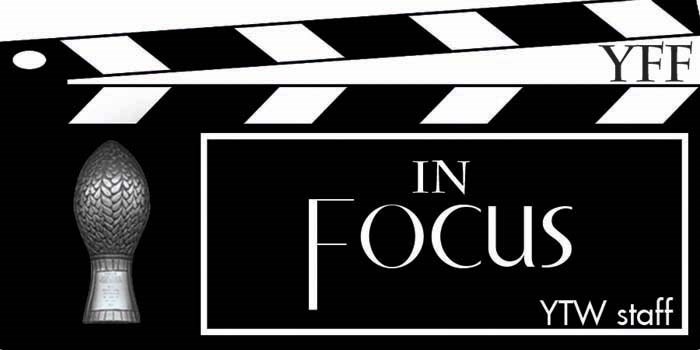For this week’s YFF In Focus, we go all the way back to 1973. That year, the National Film Board released Bill Mason’s classic feature film Cry of the Wild. That 88-minute documentary, which cost approximately $75,000 to make, was a surprise box office hit, grossing more than $5 million in theatres across North America. The NFB saw almost none of that cash. Apparently, as good as the organization was at making movies, it was incapable of negotiating a distribution deal.
Cry of the Wild was a personal account of the two years he spent tracking the dwindling species in the late 1960s and included footage from his earlier work Death of Legend, which in 1973, was an entry in the Yorkton Film Festival. Death of a Legend was Mason’s first of three films about wolves
The 49-minute doc won Best Nature and Wildlife and Best Cinematography honours at the ‘73 festival.
Mason was a lifelong conservationist and became a bit of an activist legend in his own right. Nevertheless, the narrative of this film feels more like detached sentimentality than impassioned environmentalism.
Some of the 1970s sensibilities, however, are a little bit distracting, particularly the soundtrack. And there are a couple of songs that I almost couldn’t get past, they were so awful. The first was about wildlife living in balance and the second about the European beaver trade. Both featured lyrics so trite and simplistic, I felt embarrassed for the woman who had to sing them. Fortunately for her, she is not credited.
Also simplistic were the depictions of the Indian as noble savage, and the white man as unfeeling marauder out for profit at an all too dear price.
The vilification of European settlers, of course, is not entirely without justification. Using animation, press clippings, live footage, and the voices of ranchers, Mason effectively documents the senseless slaughter of a magnificent species pushed to the brink of extinction.
He chronicles the development of the myths of wolf as monster then effectively debunks them.
It is always interesting to go back in time and understand the attitudes of the past. Despite some of the anachronistic aesthetic for the most part Death of a Legend stands the test of time, although the title may have been somewhat premature.
Through the work of filmmakers and activists such as Mason, the wolf’s reputation and wild populations have much improved.
And while Mason was a pioneer, today we have an even greater understanding of the balance of ecosystems, the necessity of top predators.
Of particular note is a brief video called How Wolves Change Rivers, by Sustainable Human. The five minute film available on Youtube is not without considerable controversy, but is stunning and worth viewing
There is no doubt Death of a Legend was deserving of its Golden Sheafs. The cinematography and wildlife footage was magnificent.
All of the Mason wolf triology, Death of a Legend (1971), Cry of the Wild (1972) and Wolf Pack (1974) are available for online streaming on the NFB website.


.png;w=120;h=80;mode=crop)

